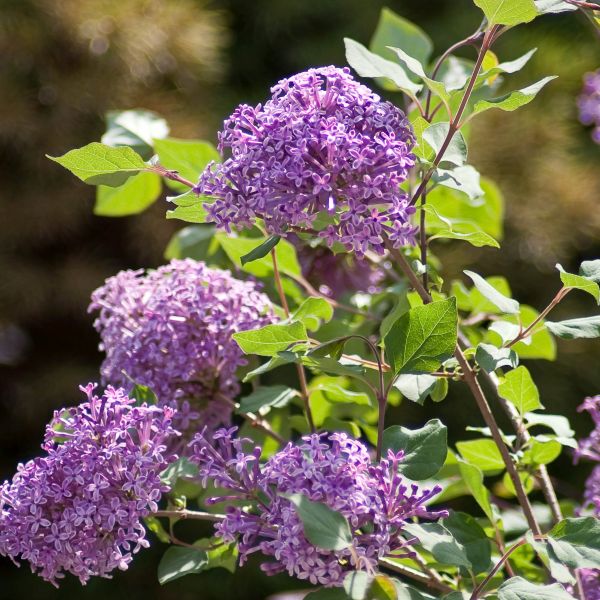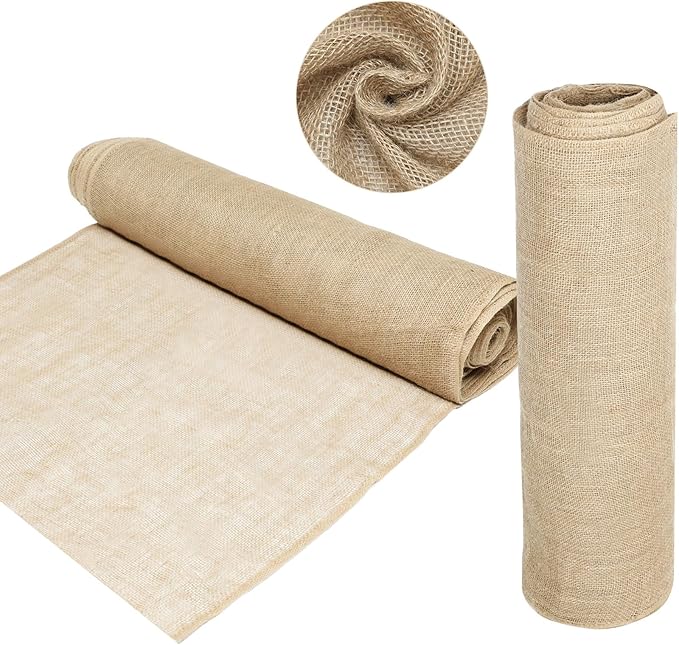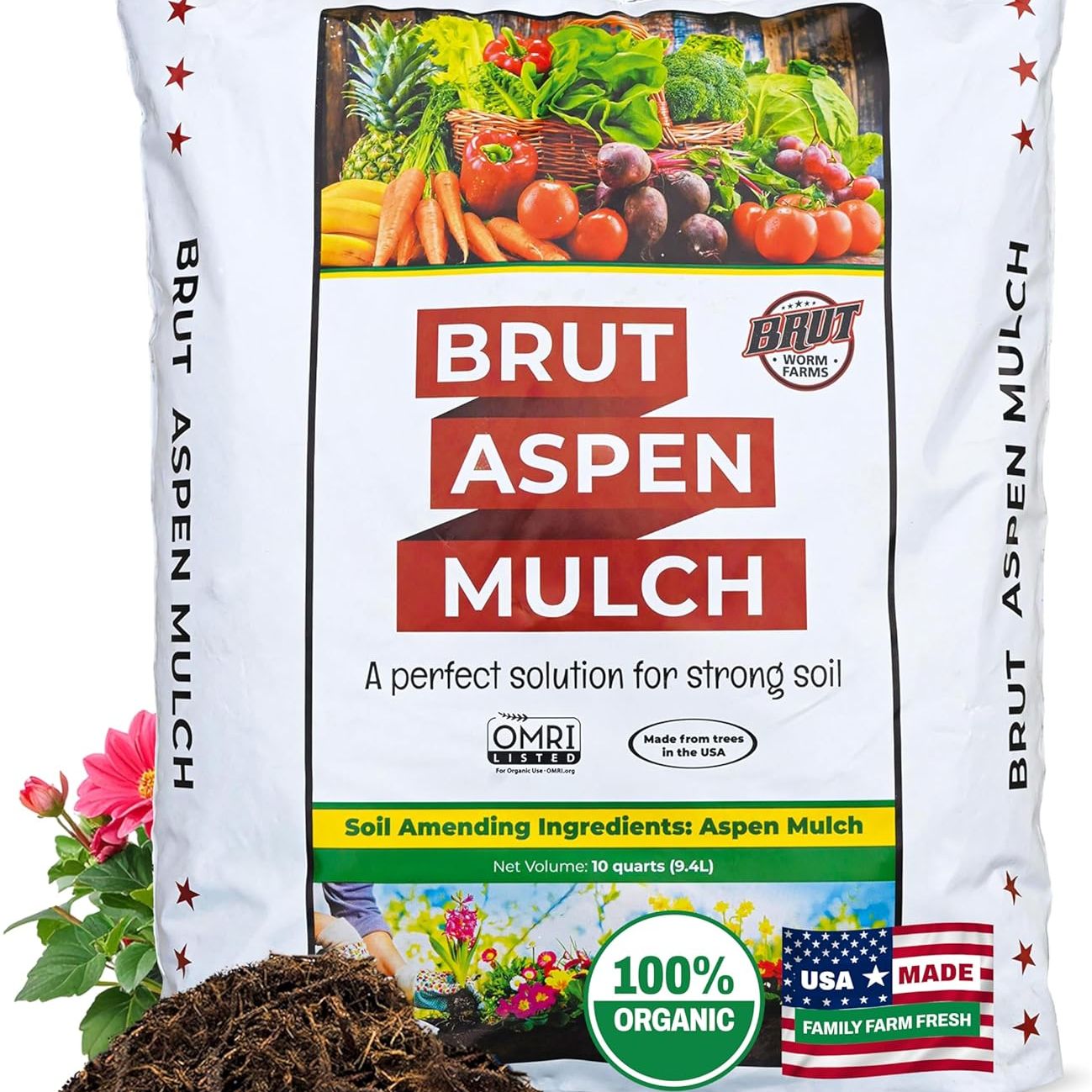What To Do with Lilacs in the Fall for a Magnificent Display Next Spring – Plus 2 Things to Always Avoid
Discover how to overwinter lilacs properly so they burst into bloom next year


Lilacs are very popular shrubs thanks to their beautiful, fragrant flowers that bloom in late spring. Come fall, that peak performance is behind them, so thoughts may turn to what you can do to help them put on a repeat show next year.
As lilacs are often low-maintenance shrubs, the good news is that there isn’t a lot of essential maintenance you need to do in the fall. There are a few key jobs that can make a difference, but there are also two major tasks to avoid, as they can ruin next year’s flowering display.
With that in mind, this guide looks at what to do with lilacs in the fall. It includes the jobs you should consider doing at this time of year when growing lilacs, along with revealing what you definitely should not do.
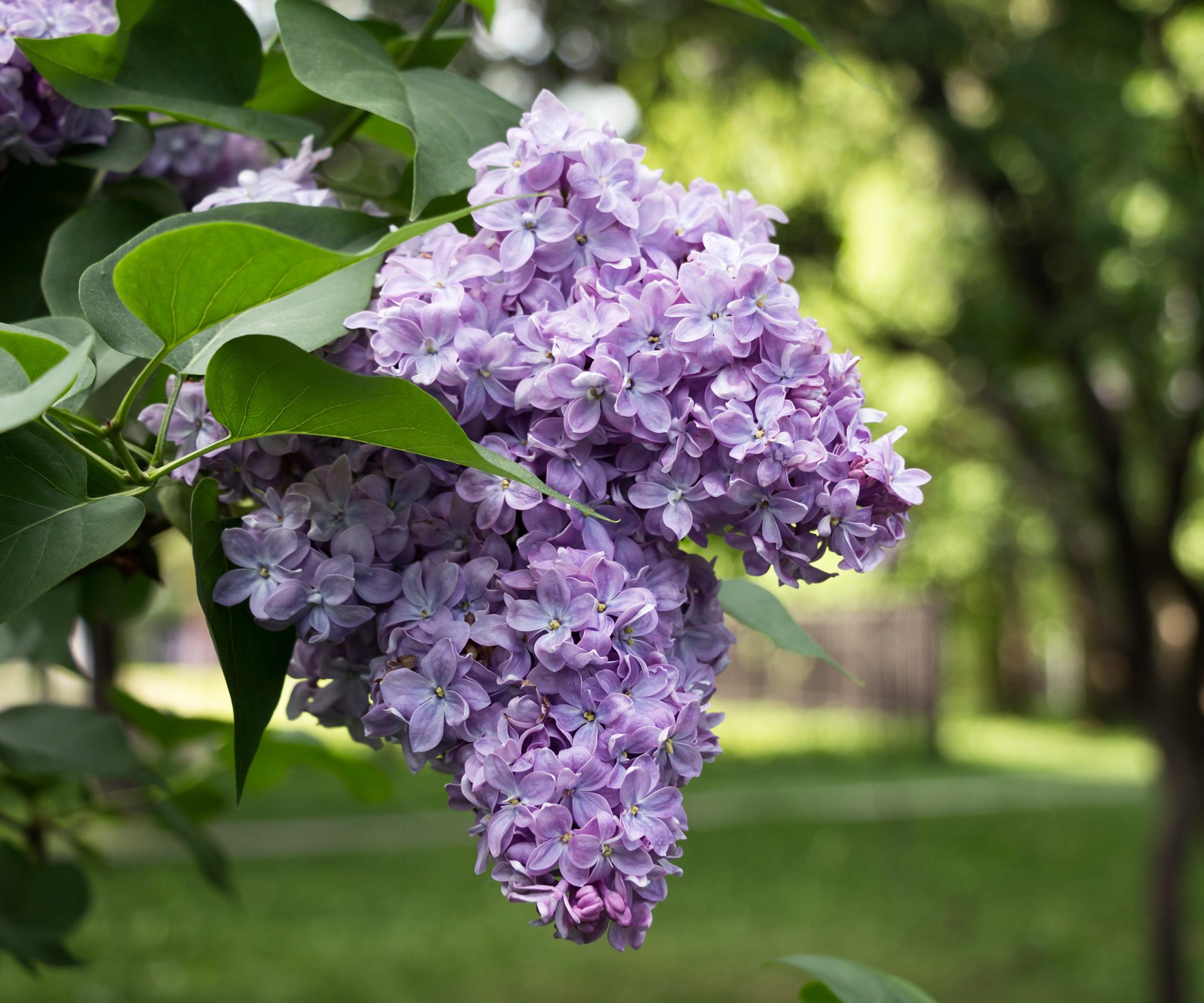
Expert tips for preparing lilacs for winter – the dos and the don'ts
Whether all of these tasks need to be on your to-do list will depend on your location, climate, and where you grow your lilacs. However, the two jobs to avoid are relevant to every gardener with a lilac in their yard.
What to do with lilacs in the fall – 4 jobs to do
1. Mulch
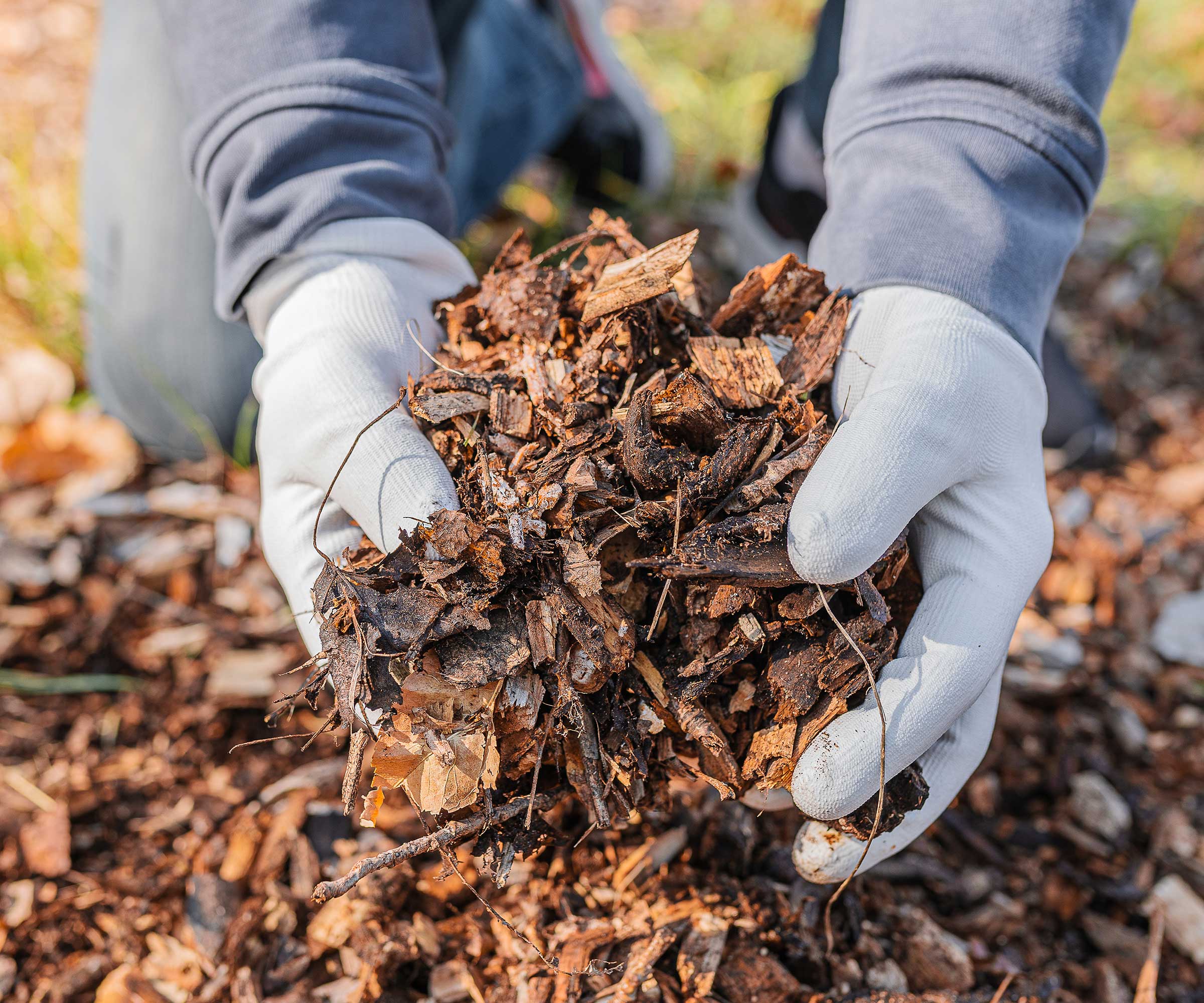
All spring-flowering shrubs, like lilac, will benefit from an annual mulching. Always have mulching on your fall gardening checklist.
If you are unsure, mulching is spreading organic or inorganic materials over the soil. When mulching flowering shrubs such as lilacs, opt for organic options, like compost, leaves, or wood chips, such as this premium organic wood mulch at Amazon. Organic types of mulch break down, improving the soil structure and boosting soil nutrients, all to the benefit of your lilac.
Mulching around lilacs will also retain moisture, suppress weeds, and prevent winter heave, where the repeated freezing and thawing of the ground exposes the plant’s roots to the winter cold.
Design expertise in your inbox – from inspiring decorating ideas and beautiful celebrity homes to practical gardening advice and shopping round-ups.
Spread a layer 3-4 inches thick around the lilac, but avoid making the mulching mistake of piling mulch against the stems. Leave a one-inch gap between the stems and the organic matter; otherwise, there is a risk of stem rot.
2. Water

This task will only be relevant in specific circumstances, but it is worth noting for the small proportion of gardeners it applies to.
Lilacs are fairly drought-tolerant shrubs once established, but do need regular watering for the first year. Even though they can survive with limited moisture, the best display will come from healthy plants given consistent moisture. That means watering plants during periods of dry weather.
If you do have a particularly dry fall, water plants to prevent the soil from drying out. Another benefit of watering deeply as required in the fall is that moist soil is warmer than dry soil, which adds extra insulation to the roots if the temperatures suddenly drop.
3. Protect plants in pots
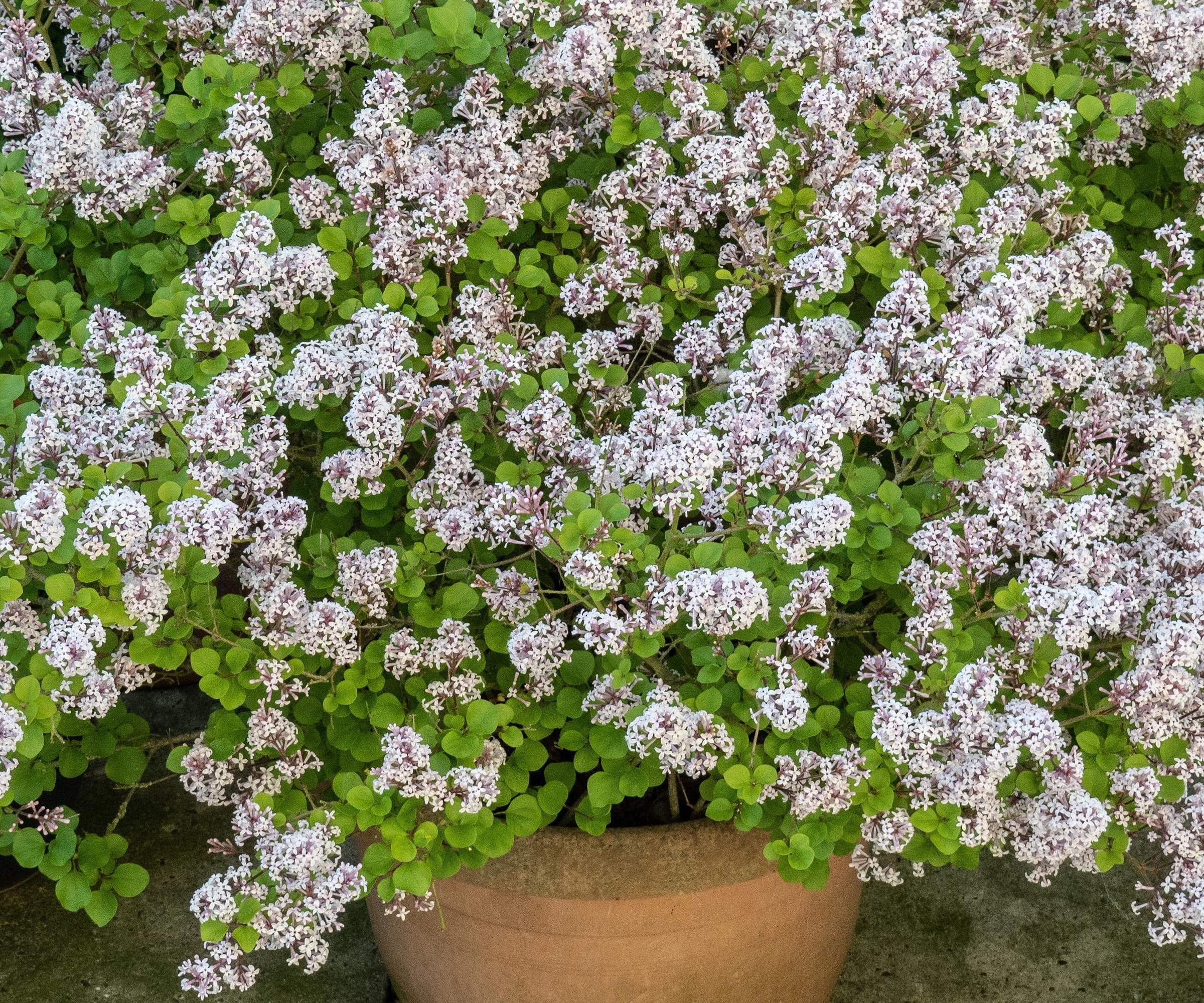
They may be hardy shrubs down to US hardiness zone 3, but if you grow lilacs in pots, they will not be as hardy as plants growing in the ground. The roots of pot-grown lilacs are more susceptible to frost, so it may be necessary to protect container plants from winter weather.
With many plants, this can be as simple as moving containers to a sheltered position or burying the pot in the ground. However, lilacs do need large containers in which to thrive, so you may need to protect plants from frost in situ if your pot or planter is too large to move or bury easily.
You can protect pots and planters from frost by mulching heavily over and around the pot to insulate the roots from frost and freezing winds. If you want to do this, the best types of mulch include compost, leaves, bark, or straw.
Alternatively, you can wrap the pot in frost cloth, burlap, or pre-made pot protectors, such as these winter plant pot covers available at Amazon.
4. Plant bare-root lilacs
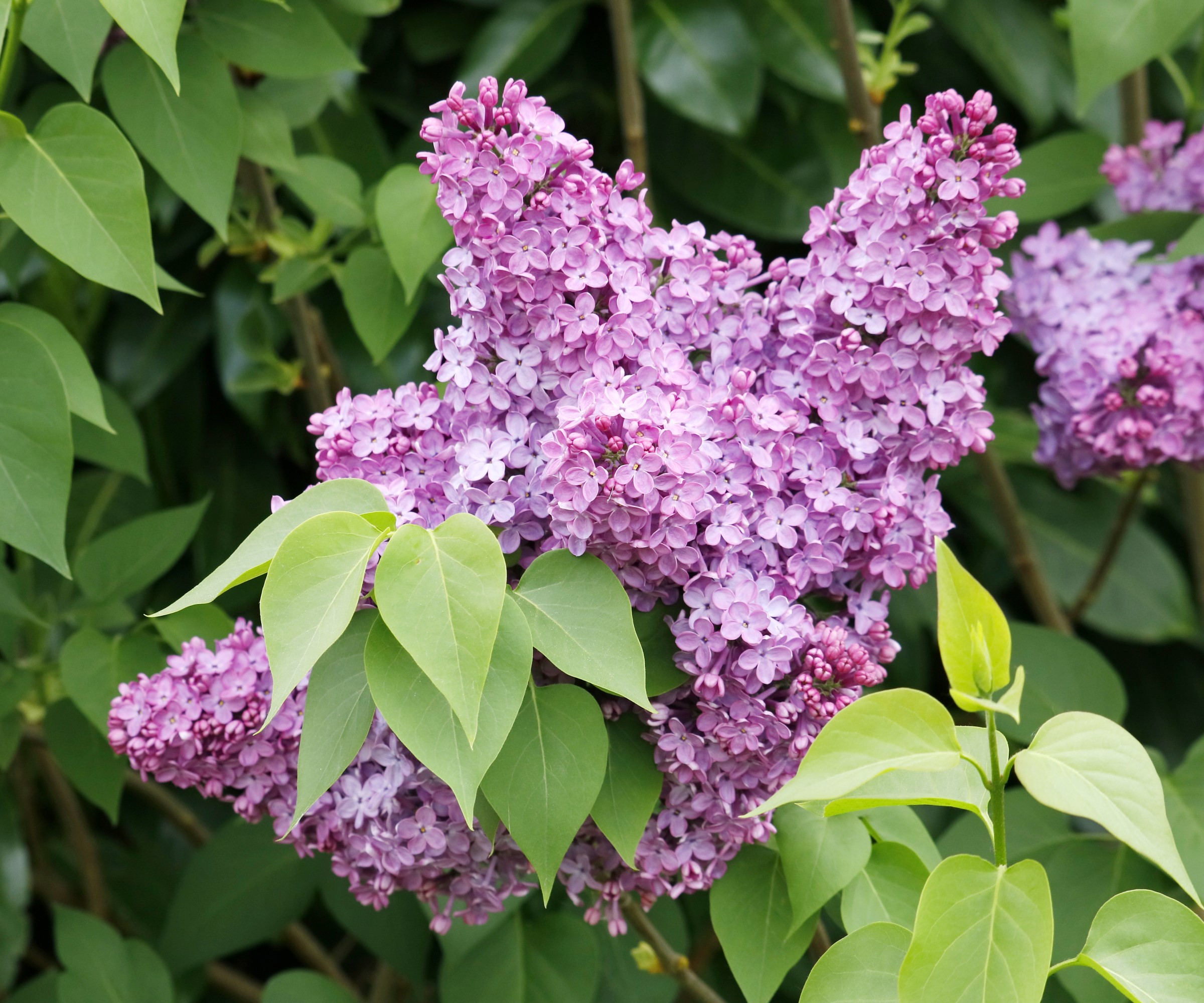
If you want to add more lilacs to your backyard ideas, you can get bare-root lilacs to plant during dormancy from November to March.
Bare-root trees, shrubs, and hedging plants are commonly available during the colder months. The dormant plants arrive without a container or any soil around the roots. They may not look much, resembling bare twigs, but they do offer a more cost-effective way to add to your garden when compared to container-grown plants.
Plant a lilac in a sunny spot in your garden, and in fertile, well-draining soil. Getting the drainage right is key, as lilacs often sulk if they sit too wet. Adding organic matter, such as compost or well-rotted manure, to the planting site can help improve your soil’s drainage.
To plant bare-root trees or shrubs, soak the roots for around an hour before planting to rehydrate them. Make a hole twice the size of the root system, and place the bare-root plant in the hole so it sits at the same level it was previously planted. You can tell this by a change in color on the stem.
Fill the hole and firm the bare-root plant into its new home. Give the shrub a deep watering and a mulch to lock that moisture into the soil.
You can get a bare-root 'Tiny Dancer' lilac at Burpee that grows to just 4-5 feet to plant from November onwards.
What to do with lilacs in the fall – 2 jobs to avoid
1. Don't prune

If you still haven’t got around to it, and admittedly it is very late, then you can deadhead lilac flowers. However, any large-scale pruning this month should be avoided.
This is because lilacs bloom in spring, and it is a pruning mistake to trim in the fall. The price to pay for pruning lilacs in the fall is that you will severely impact next year’s display. As lilacs bloom on wood produced the previous year, trimming in fall removes buds to carry the next spring display.
The right time to prune lilacs is after flowering. You can prune the shrubs in the fall to renovate older, overgrown lilacs. However, you will get no blooms next year. If you do wish to control an older specimen, it is best done over the course of three years.
The only pruning you can do in the fall is to remove any dead, diseased, or damaged stems to keep the plant healthy and to remove suckers so they don’t steal energy and nutrients away from the rest of the shrub.
2. Don't feed

Lilacs are not heavy-feeding shrubs; you do need to be considerate with feeding them. In many circumstances, lilacs don’t need additional fertilizer at all if they are growing in ideal conditions. When it comes to feeding them, spring is a good time to fertilize lilacs; fall is not.
One of the biggest risks of feeding lilacs in the fall is the reaction the shrub will have. The fresh dose of essential plant nutrients will spur a flush of new growth at a time when the lilac should be preparing for its winter dormancy.
Feeding stimulates the lilac into growth, and it will produce a flush of new stems and leaves. This causes a big problem, as they have no time to harden off enough before the frosts arrive. The damage caused by frosts killing these new stems will leave the lilac as a whole more susceptible to pests and diseases.
Another reason to hold off feeding lilacs in the fall is that overfertilizing plants does more harm than good. Lilacs are known not to flower if they are overfed, especially if there is too much nitrogen in the soil.
The tender lilac buds can be susceptible to late frosts, especially after a false spring when temperatures rise temporarily before dipping down again. Such a spell of warmth can trigger the buds to start to swell, only to be killed by returning frosts.
Keep a close eye on the temperatures come spring. If you fear late frosts may kill buds and ruin your display, cover the shrubs in breathable fabric such as frost cloth, burlap, blankets, or old sheets to protect the buds overnight.
Secure the cover to the ground with weights or gardening staples like these on Amazon, and remove the material again once the temperatures warm the following day.

Drew has worked as a writer since 2008 and was also a professional gardener for many years. As a trained horticulturist, he worked in prestigious historic gardens, including Hanbury Hall and the world-famous Hidcote Manor Garden. He also spent time as a specialist kitchen gardener at Soho Farmhouse and Netherby Hall, where he grew vegetables, fruit, herbs, and cut flowers for restaurants. Drew has written for numerous print and online publications and is an allotment holder and garden blogger. He is shortlisted for the Digital Gardening Writer of the Year at the 2025 Garden Media Guild Awards.
You must confirm your public display name before commenting
Please logout and then login again, you will then be prompted to enter your display name.
